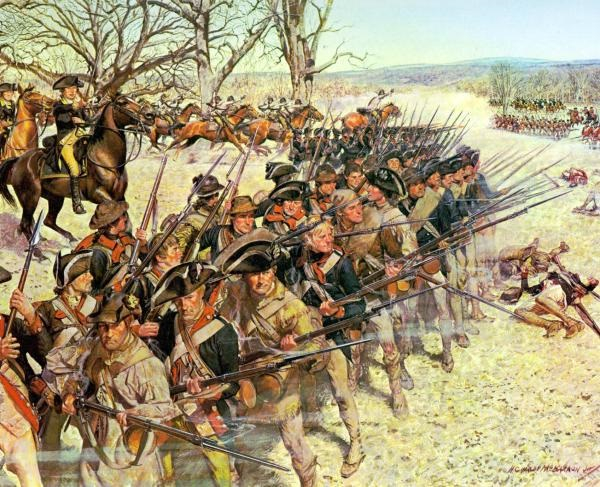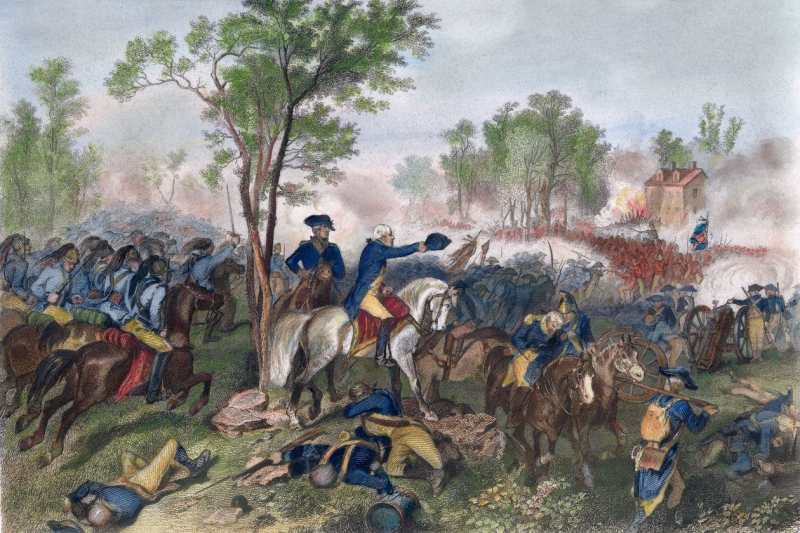Fighting in the Southern Campaign continued after Guilford Courthouse
Even though the main British army had left the Carolinas by the late spring of 1781, the Southern Campaign continued. Rather than follow Cornwallis to Virginia, Greene elected to strike back into South Carolina. For the next several months, Greene, supported by American partisans harassed the remaining British garrisons, with major fights at Ninety-Six and Hobkirk’s Hill.
Fort Ninety-Six was one of the strongest British positions in the interior of the state, but despite victories at Camden and Hobkirk’s Hill, the British proved unable to hold on to the interior of South Carolina. By the summer of 1781 the new British commander in the state, Lord Francis Rawdon, had decided to withdraw from the interior. Moreover, earlier in the spring of 1781, Continental Maj. Gen. Nathanael Greene initiated a campaign to drive the British from South Carolina. His first objective was Rawdon's garrison. Lead elements of Greene's force reached the outskirts of Camden on April 19 and the rest of the army arrived the following day. Finding Rawdon's defenses too strong, Greene assumed a position north of the garrison atop Hobkirk Hill.
The last engagement in South Carolina took place between Greene and British General Alexander Stewart at Eutaw Springs on September 8, 1781. Although Greene lost many of the battles he fought, he pushed the British out of the interior and back to Charleston.












